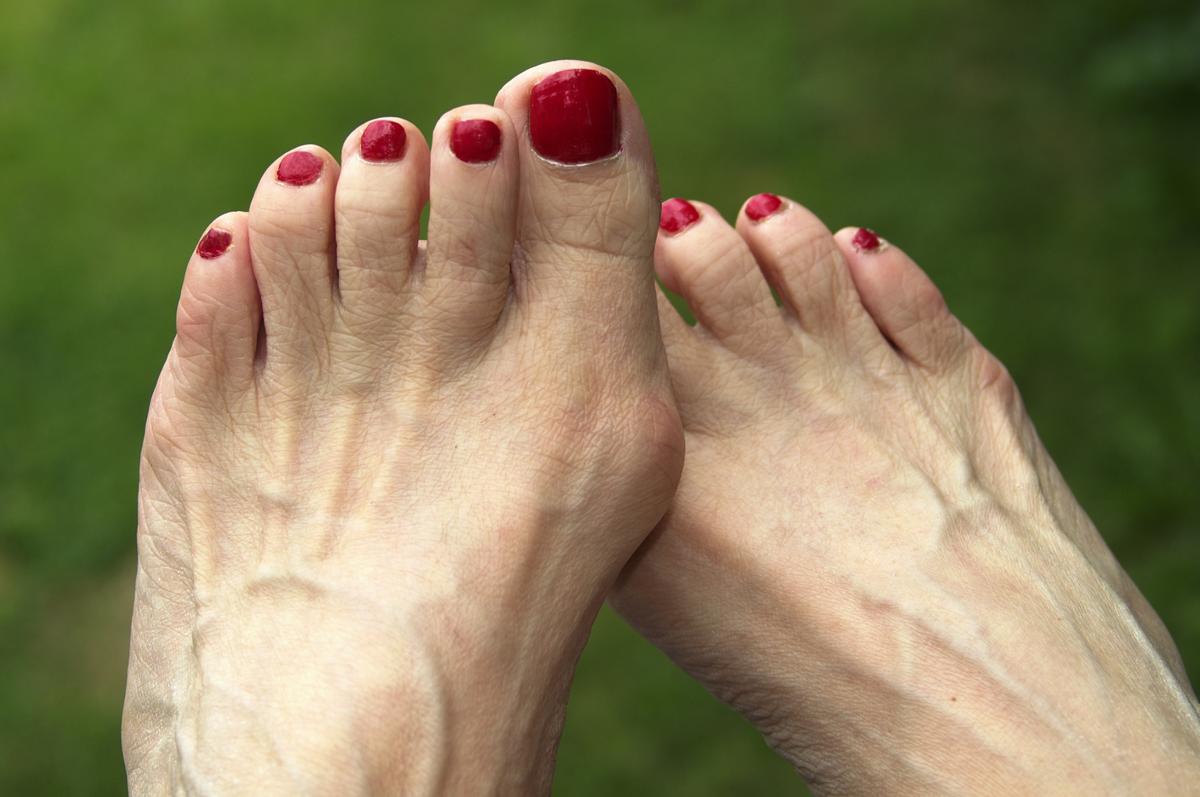
Bunion surgery recovery is dependent on how well one takes care of their operated foot and how well they follow doctor’s orders. This article provides some information on the same.
A bunion is a structural disfigurement or an unnatural enlargement of the joint at the base of the big toe. In medical terms, it is referred to as ‘hallux valgus’. Doctors and surgeons classify bunion into 2 types:
Acute Bunion: It is caused by a sudden growth of a fluid in the big toe called Bursa. Bursa decreases the friction between the skin and bone; thus, resulting in continuous irritation and pain. This is acute bunion.
Hallux Vagus: Hallux Vagus is a chronic condition in which bones are deformed. They appear as bone growths and cause misalignment of the joint. This is a severe case of bunion.
A bunion surgery is required if one feels a hindrance in doing his/her day-to-day activities as there is an excruciating pain in the leg. The symptoms in these conditions are as follows:
- Severe pain in the foot and interference in performing the day-to-day chores like walking and wearing normal-fitting shoes.
- Skin becomes red and itchy; blisters are easily spotted around the affected area.
- Women, specially dancers, are mostly affected by this condition; the reason is their choice of tight-fitting shoes and high heels, which affects the structure of the bone and the ankle.
If the case is severe, it is advisable to go for a surgery as soon as possible.
Doctors say that 90% of the people who have had bunion surgery are satisfied with their results. This does not mean that one can start wearing their old tight-fitting shoes again. Moreover, it is necessary that the affected person takes care of his/her feet, which would thereby help in the recovery.
The recovery process varies from case to case. The surgery involves a small incision been done in the foot. The doctor removes the bunion out. Then, the realignment of the bone is done. After the realignment, the operated part is stitched and covered with bandages. If it is a mild bunion, it would be removed and the toe would be stitched. The recovery process of the surgery normally takes six weeks. If it is a case of Hallux Vagus or severe bunion, pins or steel plates are inserted for the proper alignment of the big toe bone.
The recovery process takes up to six months or one whole year. Here are some basic guidelines to speed up the recovery.
- Don’t put much weight on the operated foot, keep it elevated most of the time.
- Doctors also recommend the use of crutches for about 2 weeks for speedy recovery.
- Try to keep the feet dry till two weeks after the surgery.
Recovery Exercises
In order to speed up the healing process, one should avoid the stiffening of bones in the joint and toe area; here are some exercises that might prove useful:
- Hold the base of the big toe and gently flex it upwards till one experiences mild discomfort; hold it for 10 seconds and come back to the original position; perform this activity 3 times. Then, flex the toe downward in the same manner for 3 sets and 10 seconds each. This exercise helps prevent stiffness of the toe.
- Lift the heel up, keep the big toe on the ground; try to stand on the toes for 10 seconds and walk a few steps; repeat this 3 times. This increases flexibility of the joint.
Basic Recovery Tips
Take the medicines the doctor has prescribed. Pain killers can be taken if there is severe pain, however, consult a doctor beforehand. Try to keep an icepack on the foot for the first 48 hours after the surgery; this would minimize the swelling. Avoid showering till the stitches dry up. Make sure that the stitches don’t get wet as this may cause infection. Whenever one is showering or bathing try to keep the operated foot covered.
Too much walking is not advised; one should let the stitches heal. Then, one can gradually increase their walking time. Get the bandages changed every week. Most of the affected people are advised to wear surgical shoes. One should ask the doctor if he/she can go to a physical therapist, to gain maximum benefit. He/she can start wearing shoes after the stitches have healed. Tight and high-heeled shoes have to be strictly avoided; they can be worn after six months. However, do consult a doctor beforehand.
Following the aforementioned simple guidelines might prove beneficial in early recovery after this surgical procedure.
Disclaimer: This HealthHearty article is for informative purposes only, and should not be used as a replacement for expert medical advice.


